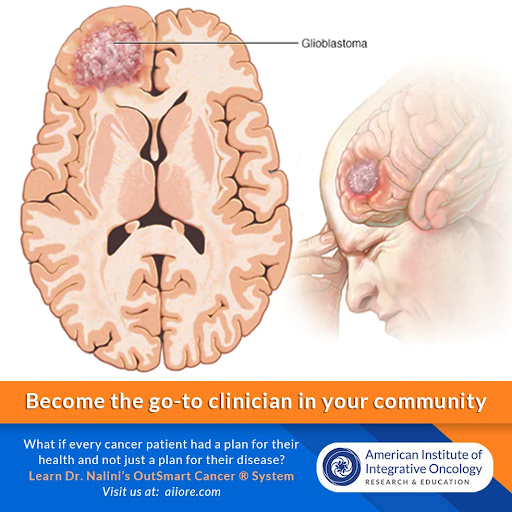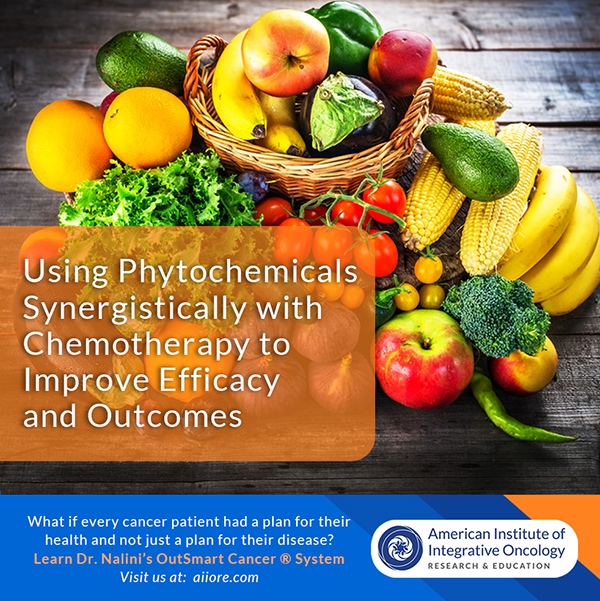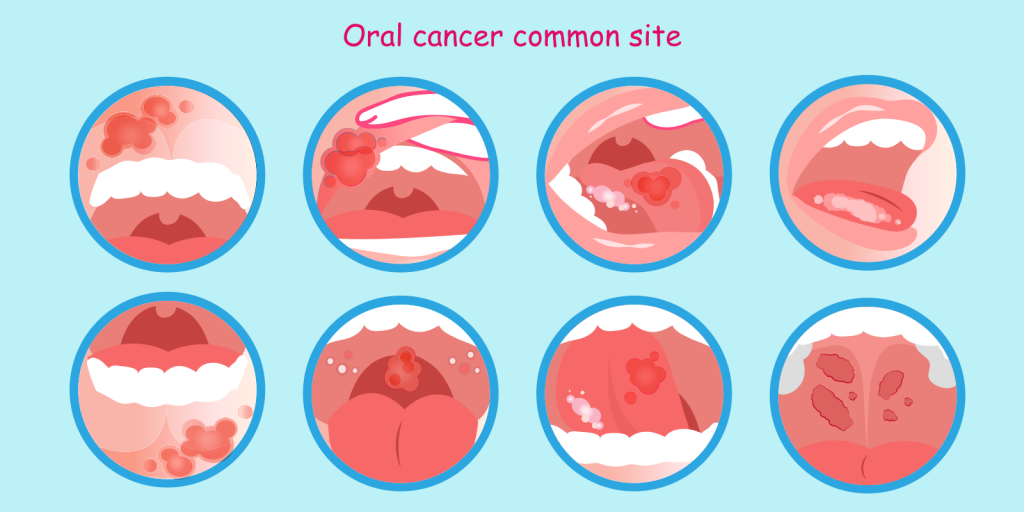Did you know that 45% of all cancer patients self-report a decline in cognitive function after completing chemotherapy?
Brain Cancer-related cognitive impairment is attributed to both cancer as well as treatment-related changes in cytokine profiles, blood brain barrier permeability, genetic susceptibility, hormonal factors and mitochondrial dysfunction.
Both the disease itself and the treatments, can impact attention, memory and executive functions, as well, as brain structure and anatomy.
As many as 20% of all patients report continued persistent changes in cognitive function as many as 10-20 years after completing successful treatment.
Eight Nutraceuticals and Phytochemicals that Promote Neuron Repair and Support Restoration of the Blood Brain Barrier and Cognitive Function
1. Melatonin (10-20mg hs) - Maintains Blood Brain Barrier Integrity and Permeability
- Inhibits Matrix Metalloproteinase-9 (MMP-9)
- Inhibits NADPH oxidase-2
- Activates SIRT1 Silent Information Regulator 1
- Activates AMP Activated Protein Kinase (AMPK)
2. Astragalus (1-6g/day) - Decreases Blood Brain Barrier Permeability
- Inhibition of MMP-9 Neuro-Immuno-regulation
- Control of Oxidative Stress
- Control of Neuro-inflammation
- Regulation of Neuro-apoptosis
- Inhibition of p53 Modulation of the Bcl-2/Bax
3. Resveratrol (1000mg bid x 52 weeks) - Regulates Neuro-Inflammation
- Decreases CSF MMP9
- Modulates neuro-inflammation
- Induces adaptive immunity
- Activates SIRT1
4. Pterobstilbene (50-100mg/d) - Attenuates Learning and Memory Impairment
- Inhibitory effect on microglia activation
- Protective effect on neuronal injury
- Decreases production of NO, TNF-α and IL-6 in microglial cells
- More lipophilic than Resveratrol
5. Unique Probiotic Blend (KLAIRE Target gb-X 1 packet/day) - Targets Gut-Brain Axis
- Strengthening of the gut barrier function
- Modulation of cytokines and inflammatory response
- Production of potentially neuroprotective metabolites
- Shift away from macrophage-produced cytokines to T-lymphocyte-produced cytokines
- Reduction in circulating lipopolysaccharide endotoxins
- Marked reduction in transcription of hippocampal genes related to HPA regulation
6. Curcumin (3-6g/day) - Improves Cognitive Function
- Crosses Blood Brain Barrier
- Supports Axonal Regeneration
- Increases Brain Derived Neurotrophic Factor
- Reduces NeuroInflammation linked to mood dysregulation and cognitive function
- Stimulates Clearance of beta amyloid plaques
7. Omega-3 Fatty Acids (1.8g/d) - Protects Neurons From Toxic Effects of Chemotherapy
- Opposing actions of omega-3 fatty acids and added sugars on cognitive function, neuroinflammation, and adult hippocampal neurogenesis
- A diet rich in long-chain, marine-derived omega-3 fatty acids and low in added sugars may be an ideal pattern for preventing or alleviating neuroinflammation and oxidative stress
8. Lion's Mane Mushroom (3-5g/d) - Enhances Cognition
- Strengthens Memory and Concentration
- Stimulates the synthesis of Nerve Growth Factor Promotes and Accelerate Myelination
- Immune Modulation







